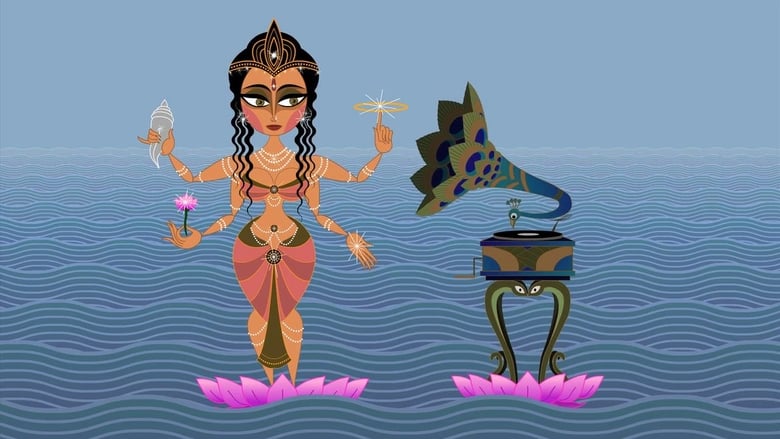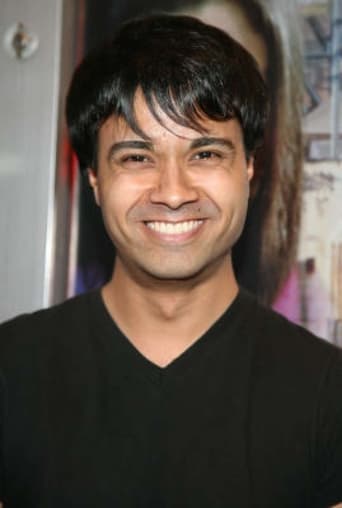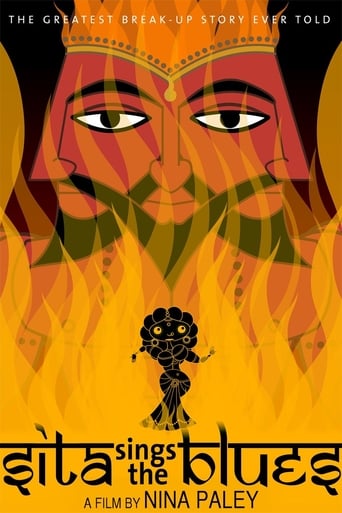
Utilizing the 1920s jazz vocals of Annette Hanshaw, the epic Indian tale of exiled prince Ramayana and his bride Sita is mirrored by a spurned woman's contemporary personal life, and light-hearted but knowledgeable discussion of historical background by a trio of Indian shadow puppets.
Similar titles
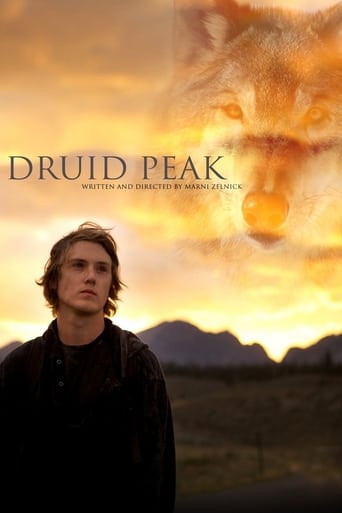
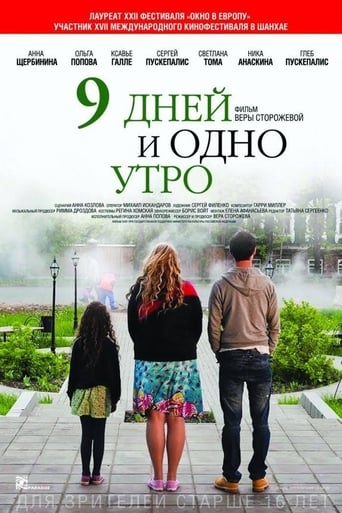
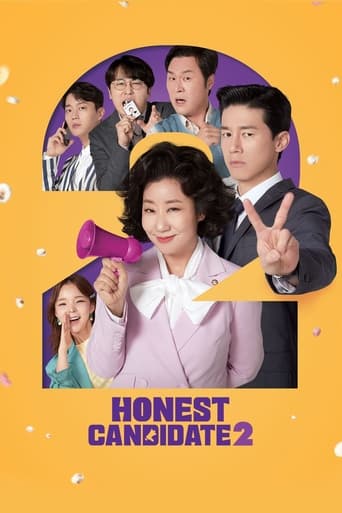
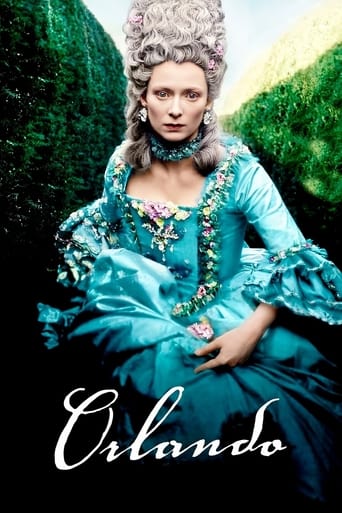
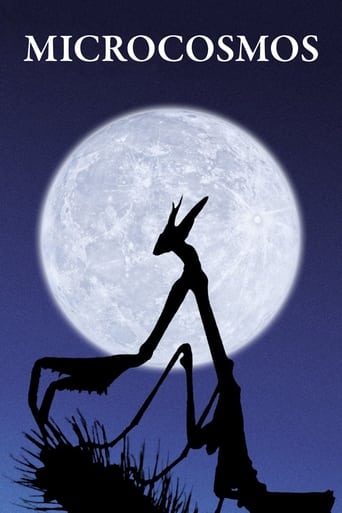
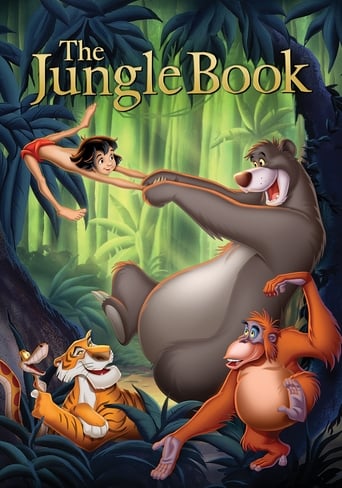
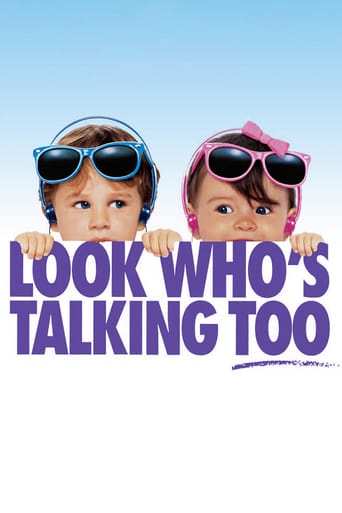

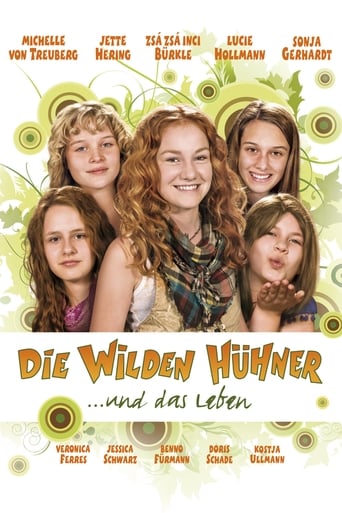
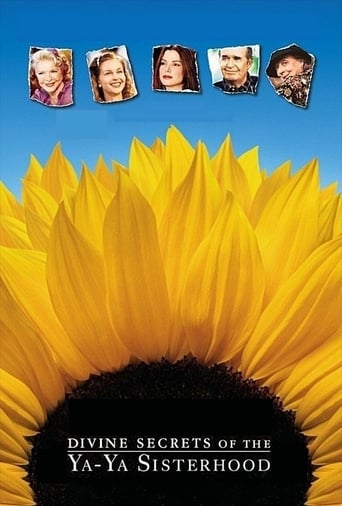
Reviews
Pretty Good
Perfect cast and a good story
Highly Overrated But Still Good
It’s not bad or unwatchable but despite the amplitude of the spectacle, the end result is underwhelming.
This is one of the strangest animated movies I've ever seen. It's mostly because it doesn't follow the same animation style. It was weird seeing these puppets talk about the story and then seeing it told in three different kinds of artwork. There was this fourth animation style about this woman and her boyfriend which had nothing to do with the main story. The actual Ramayana is mentioned only once in this part. With that being said, I really did enjoy this movie. It's always great to learn more about Hindu mythology.I really have to say that the Ramayana anime is a better movie. The animation is better and for me and it tells the story in a more interesting manner. The dialogue kind of reminded me of "Creature Comforts". I mean, it sounded like these were snippets taken from people who were interviewed on the streets. Well, it was really only the puppets that sounded like that. The best animation style was probably the one where Sita was actually singing.This may be the shortest movie I've ever seen that had an intermission. I think this may have been done in cheek seeing as how we saw the animated characters throughout it. I've never seen a countdown before. That should be used in more movies. I'm glad to be more familiar with Hinduism and this was a very interesting experience. It did come off as too weird sometimes and hard to follow, but it's still worth watching the whole way through. Well like I said, it isn't long. ***
Now trust me this movie is one of the greatest movie ever made till date. Amazing style with all that background music and animation. I hated this film but i can't forget its awesomeness.Now the time of insight. This film is a boundary or i should 'no men's land' between un-trust and over-trust. Now 'no men's land' is not defined by anyone and it can have ANY characteristic as we have seen on our earth in various wars because this region is governed by no-one. In similar ways, this film has a characteristic of MOCKING. Laughing on someone is different then mocking someone. A lot of people who knows about Sita will protest for such a film at the same time they are dubious about Sita's authenticity and also at the same time they will worship Sita with their usual rituals. But the point that i find about movie is that the moment it starts mocking a lot of things it looses. Seriousness is crucial for development, even the seriousness in fun but mocking is anti-seriousness.Now anyone who can penetrate India (Bharat) will get enough proof that indeed Ramayan and Sita were real, just like the proof they have that they are breathing oxygen yet unseen by their eyes. At the same time their are folks who call all this epic saga of RAmayan just a work of fiction to preach people at most or to establish themselves. But the moment the movie Sita sings the blues got its way through mocking it lost something that is so important yet very difficult to gain. Sita sings the blues could have been made as a non mocking movie but its not that way and therefore its shamelessness is at peak. Anyone who doesn't understand Ram or Sita will sure enjoy this movie. Anyone who doesn't understand Ramayan will sure hate this movie just to defend their pride.In all such attempts are the examples of freedom of thoughts and speech and at the same time the freedom to be ignorant, careless, money-minded and innocent fools to loose something. I wonder if they have given this same amount of efforts in understanding Ram and Sita they would have got a 100 times more. But God has granted us freedom to do anything and the result is pretty clear in this movie.
Sita Sings the Blues is an exercise not only in art and animation, but also in storytelling. Rather than try to take the best or most important parts of the "Ramayana" and put it all together in a linear story, Nina Paley's inventively animated piece chooses to layer all viewpoints together, giving each world ample time to present their version of events. First is the scholarly approach, wherein the story's finer details and plot elements are scrutinized by a witty cast of silhouette-like beings, with Terry Gilliam-style amalgamations of photograph and illustration acting out their words. After those segments, two different illustrated worlds are presented: the fairytale, rendered through stiff Mughal-era prints hopping stiffly through static backdrops, and a goofy cartoon musical, which brings to mind the animation of the Fleischer Brothers (Sita's saucer eyes, exaggerated curves and musical bent are reminiscent of Betty Boop), the Beatles' "Yellow Submarine" and Richard Williams. Finally, there is the story of the filmmaker, Nina Paley, presented in a drab but charming scribbled newspaper comic style. The movie's structure plays fast and loose with all these styles, and somehow keeps continuity while deviating constantly, such as with the fever-dream imagery in the opening and middle of the film. Annette Hanshaw's blues catalog, which makes up most of the movie soundtrack, compliments the surreal animation much better than one would think, and the pathos of Sita's story comes through loud and clear with Hanshaw's recording of love-and-loss blues standards, which the animation both compliments and contrasts brilliantly. Each song is allowed to play until the last note in every musical sequence, which means that her tuneful voice can be heard saying "That's all!" just as the cartoon cuts off. Such a simple phrase provides an interesting contrast to a strangely contrived, often surreal adaptation of an epic poem that is so dense, even the paper cutout shadows that serve as narrators can't come to an agreement about what really happened. "That's all!" serves as a wry summation of the epic themes of the poem, which are both taken for granted ("Do not challenge the stories!" one narrator says, before later turning skeptical himself) and scrutinized by the film, through the framing devices of Paley's experiences, and the comical, cartoonish tone. Mainly, the film examines the supposed perfection of Rama and Sita's unconditional love, which, in the epic, is presented as pure and perfect, akin with devotion to a god (Sita, while a captive of Ravana, prays for her husband, an avatar of Vishnu, every day unceasingly). While the film doesn't completely reject this notion, the musical segments highlight Sita's emotional suffering, with the songs themselves having a running theme of being hopelessly in love, no matter how badly her lover treats her, making Rama's later treatment of Sita come off as abusive and cruel. This is a divisive interpretation of the story, since the filmmaker deliberately makes parallels between Sita's suffering and her own relationship with her all-too-mortal disinterested husband, and is openly critical of the idea of Rama being the "ideal man." Sita's damsel-in-distress role is given agency through singing the blues, even though she is often robbed of agency in her story, being kidnapped by Ravana mainly to insult her husband by stealing his "property." Likewise, the rather abrupt conclusion to such a rambling film, could be interpreted as a feminist reading of the tale, with Sita returning to the womb of Mother Earth, ending the turbulent love affair after years of patience and fidelity. With the way Paley parallels Rama and Sita's relationship to her own rejection by her ex-husband, and her eventual growth and transformation out of grief, it doesn't seem too far-fetched that she thought this was a happier ending for Sita than being an exiled queen. This reclaiming of power is emphasized through a piece of animation at the end, which shows Vishnu (Rama) now kneeling and massaging Lakshmi (Sita)'s feet, where before the roles were reversed. Obviously, I found this film very evocative, thought-provoking and, if unusual, than at least able to hold my attention. For art lovers, academics or just people who like experimental cinema, this film would be a "Yes" for me, but anyone who has limited patience for older styles of music, repetitive story techniques and languid pacing might have a low tolerance for this particular kind of art.
This actually made me pretty uncomfortable. I can tell a lot of time and energy was put into making it. But, I think it is actually a shame this is getting so much attention. I felt like the story was basically about a woman that visits India, has a bad experience in her personal life, and then decides rather arbitrarily to try and relate that to Hindu religion. Except, the connection is not as strong as she would imply-- to the point that she is literally misrepresenting Hindu religion to the Western world. I guess it's sort of like... if someone was suggesting Christianity is a religion about baby killing because of that one Bible story about Saul, except even worse, because this utilizes an uncommon *interpretation* of a *disputed/controversial* text (that some people even believe was written with malicious intent).The issue is, not everyone even interprets the texts she is referencing like the film presents. In fact, I am genuinely sad if this is someone's first introduction to these deities, because this is not a very common interpretation of this religious text. For example, a belief I have heard often is that Rama truly loves Sita, and he drives her to give oath by fire not because he himself ever even doubts her fidelity, but because he wants her name to be cleared and that she will be respected and accepted as queen.For those that *accept the legitimacy of*, and even like, the controversial "last chapter" represented in this film (which contains stylistic and other differences from the rest of the text and some believe was written at a different date by a different author, possibly even with ill intentions!), where he ultimately leaves her at the ashram with the sages... generally, they liked it because the idea was more that Rama had to make a choice between the duty of a king and his own personal happiness, and ultimately gave up even what he loved most in the world - being with his true love - for duty. So, in other portrayals taken from the same text, it might be that he leaves her outside the ashram, where the sages live, but he is shown sobbing and considering death, and he is clearly devastated when he sees he cannot be with her. The context is supposed to be there, that those deities are actually soul mates. The idea that he was throwing her away because he doubted her, and continued to doubt her fidelity, is actually not what everyone necessarily even believes! (It is best to just ask people how they felt and why!) In this way, I feel it's spreading misinformation about Hindu religion, and was not very considerate. Yes, there are ethical issues which could be discussed respectfully, but, this wasn't quite on the mark. I felt so bad for Ms. Paley about her husband. But, this husband that left her, obviously, was just a man, and not God. And he was not having to make any hard choices.So the comparison was weak and really was not done in the best taste, either. Unfortunately, I don't think this movie was a particularly academic, particularly helpful, nor particularly respectful handling of the subject matter. It just seems more about unrelated personal feelings than anything else. The animation was lovely, though, and personally I also liked the very end because I liked the idea he would serve her and try to comfort her after such a hard life. Also, I could feel so much pain and passion in this work, and really liked a few scenes. Though overall, I'm afraid it might be seen as hurtful. I'm really sorry about this awful husband, Ms. Paley! However, I think people perhaps should just take with a grain of salt the idea that her husband was like Lord Rama; as per my own reading and discussions with others, I expect not everyone is going to agree with that.
Top Streaming Movies











